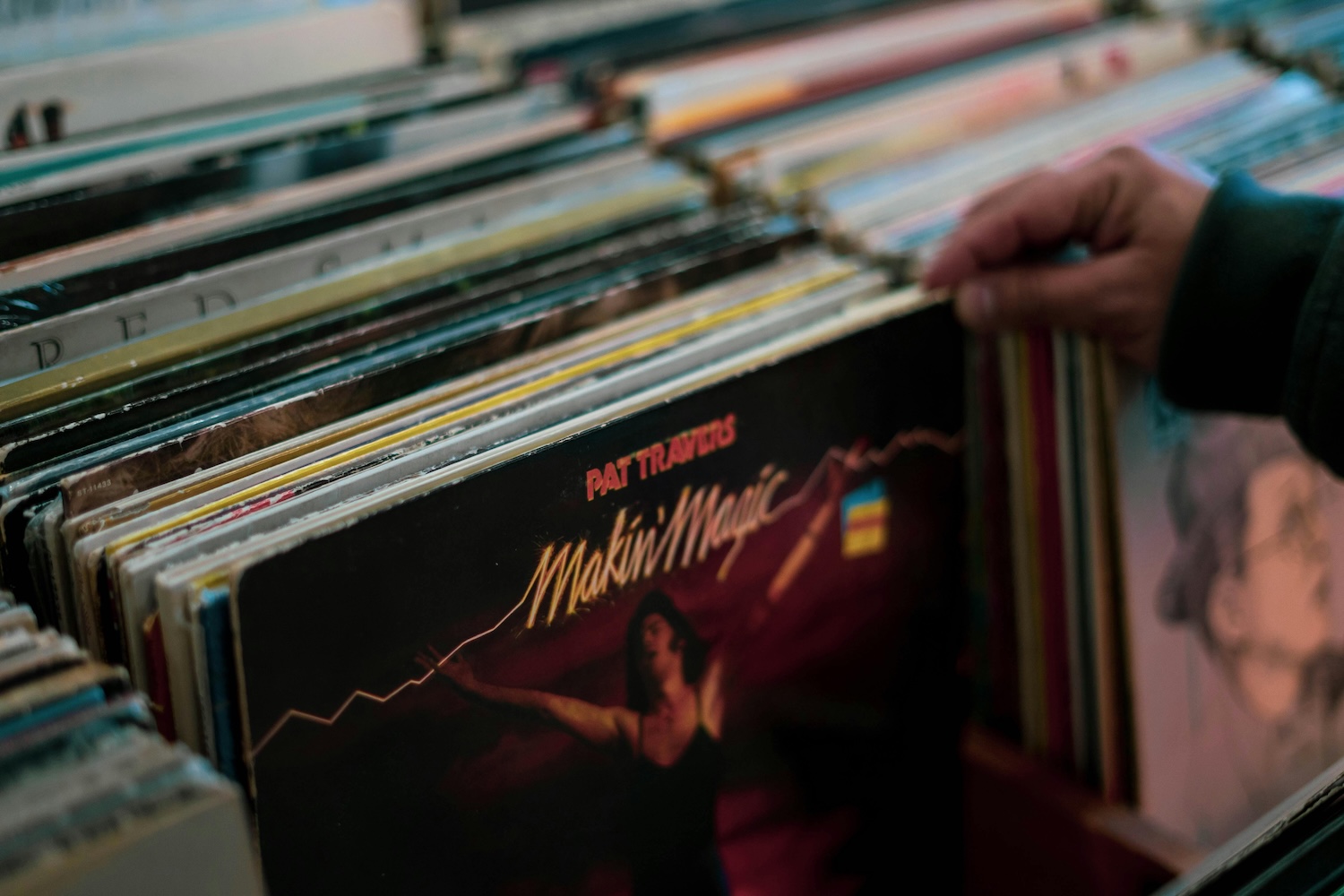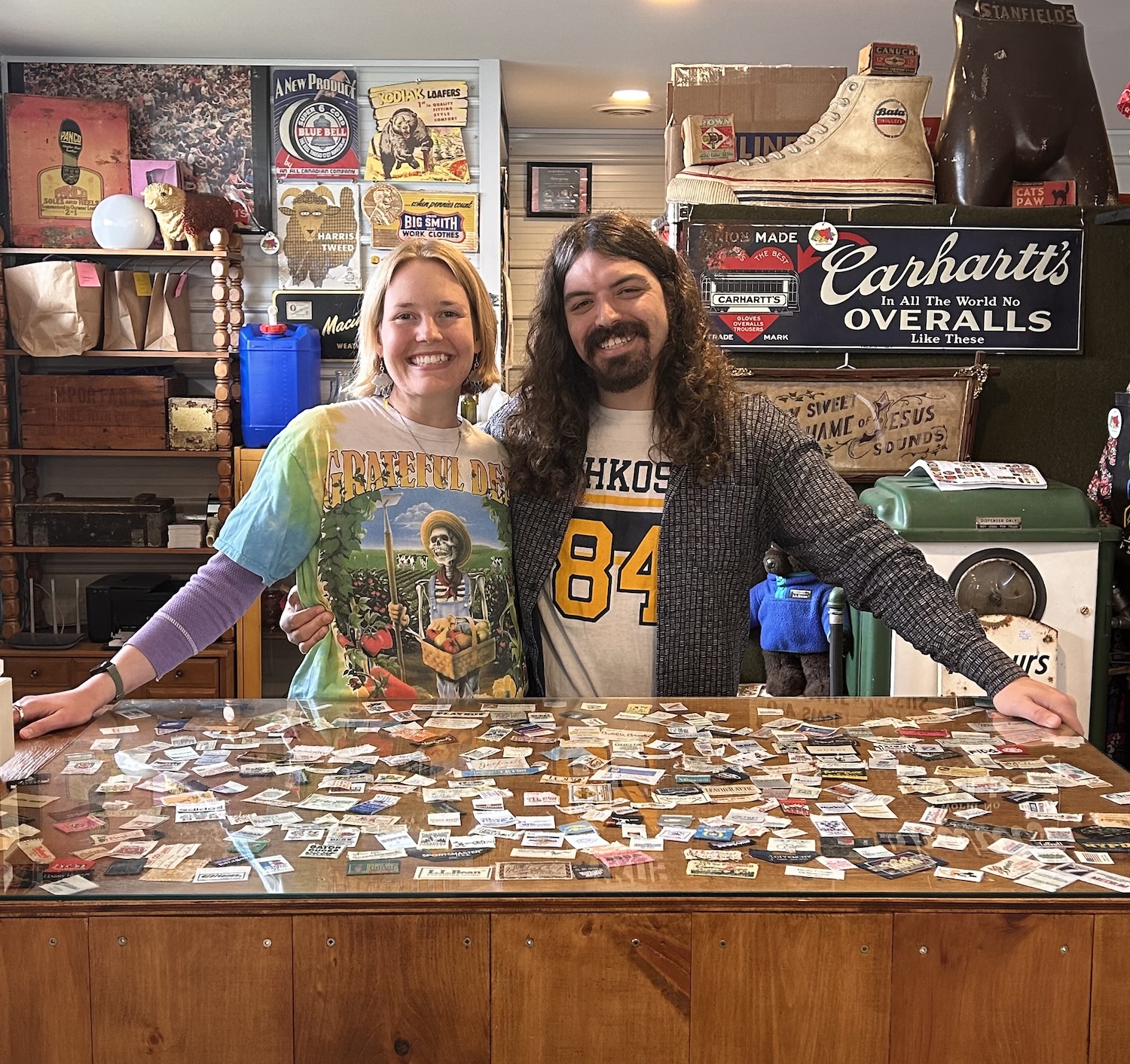
Vintage sideboards (and buffets and credenzas): Everything you need to know
Well, which one is it? Are sideboards, credenzas and buffets all the same thing, or are they different?
If you’re seeking a statement piece, look no further than the vintage sideboard, which might also be called a buffet or credenza.
Keep reading for everything you need to know about this versatile workhorse, including some superlative vintage sideboard sellers.
Sideboards, buffets, credenzas: is there a difference?
These terms often are used interchangeably, but there are indeed differences between the three.
Sideboards are hip- or waist-height and feature cupboards or cabinets with at least one drawer. They have short legs, or they extend down to the floor with no legs at all. Sideboards are sometimes topped with open or enclosed shelving, called a hutch, which is used for displaying or storing items.
Buffets are very similar to sideboards, but have longer legs and thus are usually taller. They’re specifically designed for serving food, but that’s not to say you need to use one for that purpose.
Credenzas (pictured below) are long and low, and the cabinet portion is not as spacious as a sideboard. Leg height varies between very short to medium height. They too can be found in the dining room, and often double as media units or entryway storage.
Where can I use a vintage sideboard?
Sideboards are storage superheroes. While traditionally used in the dining room, you can put them anywhere you require enclosed storage, from the living room to the entryway to the office to the bedroom.
In the dining room, sideboards are perfect for the lesser-used but more special servingware and barware that you may not have room for in your kitchen. Plus, they provide an extra surface for mixing cocktails or setting out food when you’re having people over.
The top of a sideboard also makes for a fantastic decorating surface. Lean art up against the wall, create a vignette of treasured decor items to display, and add plants or a statement lamp.
Where did sideboards come from?
The design of the modern sideboard is credited to Robert Adam, a Scottish neoclassical architect and interior designer who in the 1700s introduced the concept of two adjacent cupboards to flank the dining “board” (what they called dining tables way back then). These cupboards would hold large decorative urns, and were a place to put cutlery and food for serving.
With the cupboards, Adam was riffing on a medieval-era idea where planks of wood mounted on trestles were used for a similar purpose. Once prepared, food would be delivered to these planks and tested for poison before being served to the persons of the house. By the 1300s, Italian people were calling this a “credenza,” which comes from the English word credence, or “truth.”
Sideboards in the 18th and 19th century were a status symbol — only certain households could afford to have dining rooms, let alone the means to decorate them. What was at one time a humble cupboard increasingly gave way to ornate designs throughout the Georgian, Victorian, Edwardian and Art Deco periods, often including intricate carvings or inlays of marble, pearl and gold.
Continued below
Fresh advice about old stuff
Download our free tip sheets
Continued from above
How much do vintage sideboards cost?
These days, a vintage sideboard is still an investment piece. Depending on the size, materials and overall condition, vintage sideboards will run from about $1,000 to $3,000, on average. The rarer they are, the higher the price goes, and the more well-worn they are, the lower the price drops.
If you can get a new sideboard in the same price range, why would you buy vintage? Aside from being the more sustainable choice, the quality of a vintage sideboard is really what you are paying for. You might also be paying for refinishing, which some sellers do. This means they will sand down the sideboard to get rid of as many imperfections as possible, re-stain it and oil it to make it look its very best.
Pre-1950s vintage sideboards are often made from solid wood. Others, especially those of a mid-century origin, have high-quality veneers of teak, walnut or rosewood. To buy a new sideboard with those materials, manufactured to the same standard, would be much more expensive.
So if you’re looking for a solid piece that will stand the test of time, a vintage sideboard is something worth saving up for.
Which sideboard is right for me?
No matter your decorating style, there’s a vintage sideboard for you. While mid-century styles in teak, walnut and rosewood remain the most popular trend, you’ll also find gorgeous Hollywood Regency–style sideboards, cane credenzas, 1980s melamine-wrapped pieces, lacquered cabinets of Asian provenance, butcher-block-topped French Country cupboards, gilded Art Deco options, and more.
If you live in a small-scale space, you may notice that vintage sideboards with petite footprints are harder to come by. That’s because they are really in demand!
Take a vintage furniture seller like Decade Five Furniture, for example (featured above), which is located outside of a major urban area. When a new collection drops, the condo-size sideboards are snapped up in seconds, while some of the longer styles that once may have been a perfect fit in a sprawling suburban home may take a little longer to find the right buyer.
Just hold tight and keep seeking — the perfect sideboard is out there.
What would you keep in your sideboard? Let us know in the comments!
Thank you for valuing our work!
Support our work to see this page.
You’ve got a good eye, but this gem is only available for members. Register for a plan or upgrade your current one to peek behind this vintage curtain, or log in below.















